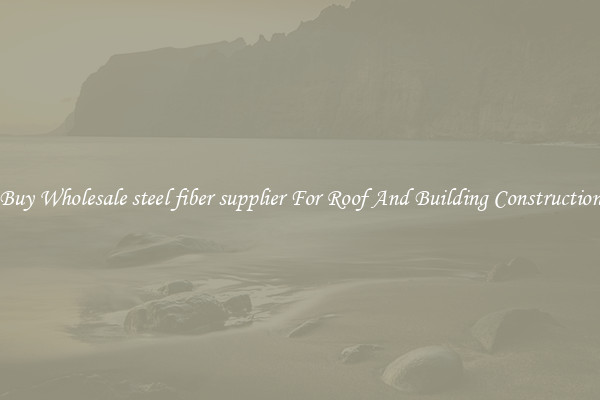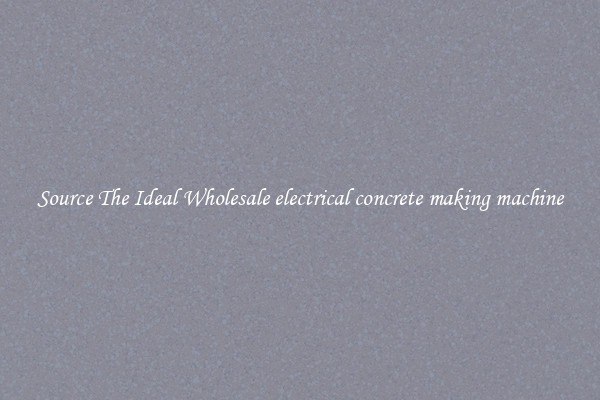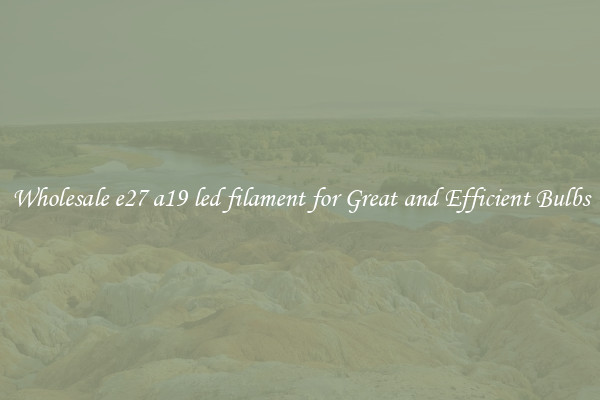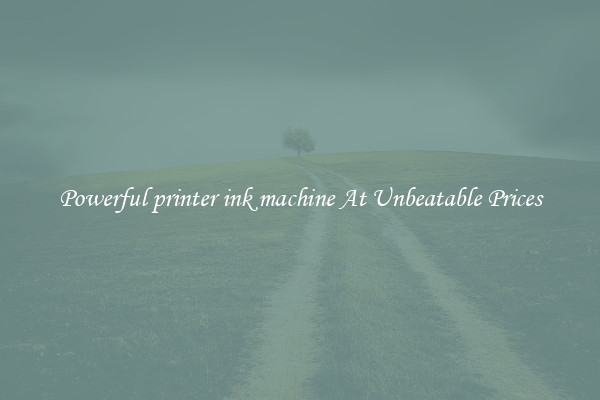High Strength construction steel rebars deformed concrete
High strength construction steel rebars are an essential component in modern construction, particularly in reinforced concrete structures. These rebars are made of deformed steel, which provides better bonding with concrete and improves the overall tensile strength of the structure.

Deformed rebars have ridges or ribs on their surface, which are formed during the manufacturing process. These deformations help to increase the bonding between the steel and the concrete, thereby improving the load-carrying capacity of the structure. The ribs also provide better resistance to slippage, preventing the rebar from moving within the concrete.
The use of high strength construction steel rebars in concrete structures offers several advantages. Firstly, they allow for the construction of lighter and more slender structures, as compared to traditional mild steel rebars. This can lead to cost savings in terms of materials and construction time. Additionally, high strength rebars can withstand higher loads, making them ideal for use in buildings and infrastructure projects where structural integrity is of utmost importance.
One of the key benefits of using high strength construction steel rebars in concrete structures is their ability to resist corrosion. The ridges on the surface of the rebars increase the surface area, which in turn helps to create a stronger bond with the concrete. This bond prevents water and other corrosive agents from penetrating the concrete and reaching the rebar, thus reducing the risk of corrosion and increasing the lifespan of the structure.
In conclusion, high strength construction steel rebars are an integral part of modern construction practices, particularly in reinforced concrete structures. Their use in combination with deformed steel technology provides numerous benefits, including increased load-carrying capacity, improved resistance to corrosion, and cost savings. As such, these rebars have become the preferred choice for many construction projects around the world, ensuring the durability and stability of structures for years to come.

View details

View details

View details

View details








